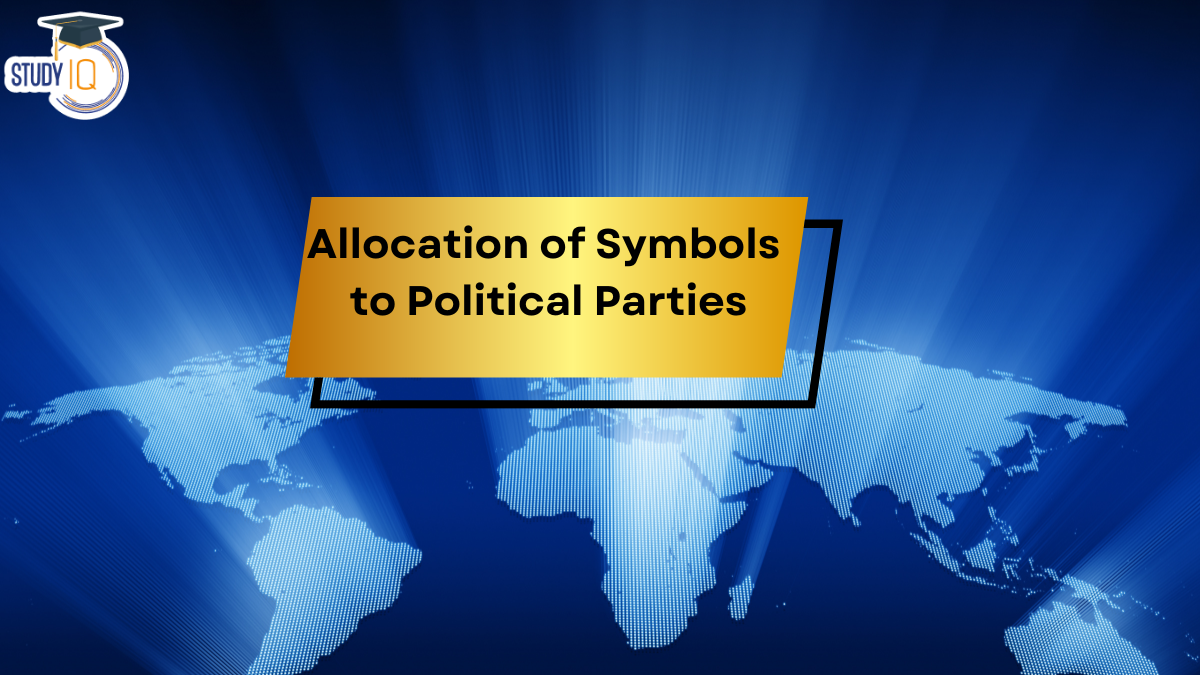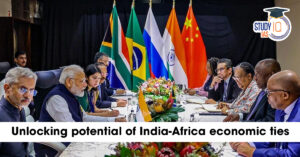Table of Contents
Current Situation
- The Nationalist Congress Party (NCP) is currently recognized as a state party in Maharashtra and Nagaland.
- In July 2023, a split occurred within the NCP, with the Ajit Pawar faction claiming support from 41 out of 53 MLAs in Maharashtra’s assembly.
- In February 2024, the ECI recognized the Ajit Pawar faction as the “real NCP” and allotted it the reserved ‘clock’ symbol for the upcoming Lok Sabha elections in April-May 2024.
- The Sharad Pawar faction (NCP-SP) was given a common symbol of ‘man blowing turha’.
Allocation of Symbols
- The Election Symbols (Reservation and Allotment) Order, 1968 empowers the ECI to allot symbols to political parties.
- The ECI can decide on disputes among factions/groups/sections of a recognized political party staking a claim to its name and/or symbol, as per the above-mentioned order.
- The ECI is the only authority to decide on such disputes. The Supreme Court upheld this in the Sadiq Ali Vs ECI case, in 1971.
- Types of Symbols:
- Reserved Symbols:
- These are reserved for recognized national and state political parties.
- Recognized National parties can use its exclusive and reserved symbol across the country.
- Recognized state party can use its exclusive and reserved symbol in a state in which it is recognized as such.
- Free Symbols: The ECI has a pool of 197 ‘free’ symbols (as of September 2021) that are allotted to unrecognised parties and independent candidates.
- Reserved Symbols:
| Facts |
|
Legal Framework and Tests for Recognition
- In Sadiq Ali vs. ECI (1971), the Supreme Court established a three-test formula for recognizing factions:
- Aims and Objectives: Evaluating if both factions align with the original party’s goals.
- Internal Democracy: Assessing adherence to party constitution reflecting inner-party democracy.
- Majority Support: Determining which faction commands majority support within legislative and organisational structures.


 Unlocking the Potential of India–Afric...
Unlocking the Potential of India–Afric...
 Speedy Justice and the Crisis in Consume...
Speedy Justice and the Crisis in Consume...
 Kavachi Volcano: Location, Features, Eru...
Kavachi Volcano: Location, Features, Eru...

























